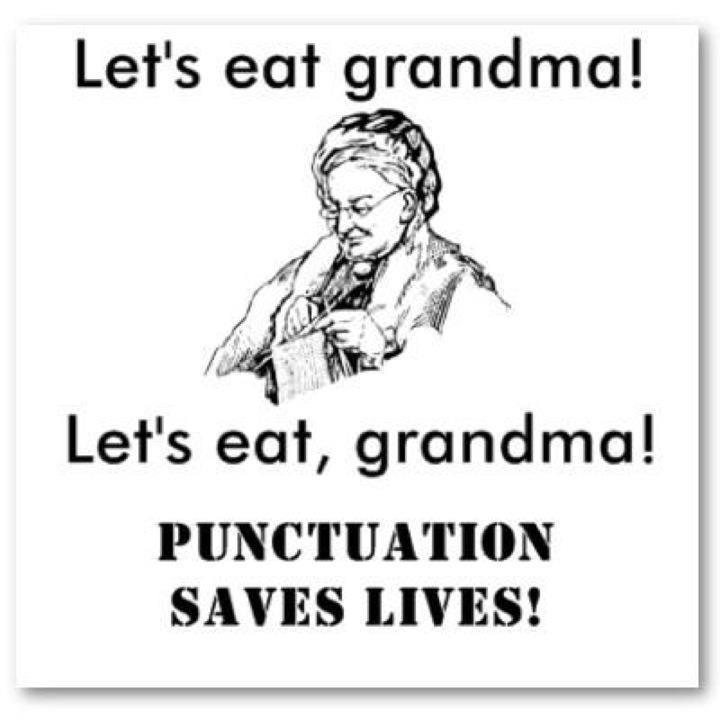I don't know about you, but I'm practically anal about punctuation. Over the years I have accumulated a set of rules, some of which I actually follow occasionally. I've also accumulated a set of tools in my basement, some of which I recall having once used.
A tidy little piece by Keith Houston, who by day writes medical visualization software, of all things, reminds me that punctuation didn't always exist, which I can't imagine.
In the end, he writes, even a simple word space, paragraph or full stop carries the weight of centuries of tradition and evolution.
Writing in ancient Greece was broken by neither marks nor spaces. Lines of closely-packed letters ran left to right across the page and back again like a farmer ploughing a field. The sole aid to the reader was the paragraphos, a simple horizontal stroke in the margin that indicated something of interest on the corresponding line. It was up to the reader to work out what, exactly, had been highlighted in this fashion: a change of topic, perhaps; a new stanza in a poem; or a change in speaker in a drama.
Punctuation itself – literally, the act of adding “points” to a text – did not arrive until the third century BC, when Aristophanes of the great Library at Alexandria described a series of middle (·), low (.) and high points (˙) denoting short, medium and long pauses. Over the centuries, this system gave rise to punctuation as we know it: from Aristophanes’ three dots came the colon, the full stop, and many other marks besides. At the same time the paragraphos evolved into the “pilcrow”, a C-shaped mark (¶) placed at the start of each new section in a text. The word space was a late arrival, appearing only when monks in medieval England and Ireland began splitting apart unfamiliar Latin texts to make them easier to read.
Then, in the mid-1450s, Gutenberg published his famed 42-line Bible, and everything changed overnight. Spaces, once as wide or as narrow as a scribe chose to make them, begat an extended family of fixed widths, from hair spaces ( ) up to em quads ( ), that printers required to justify lines. Once carefully painted in by hand, pilcrows became too time-consuming to add; left out, their ghostly absences gave rise to the indented paragraph.So, next time you drop in a comma, realize that you are riding on the backs of giants.

No comments:
Post a Comment